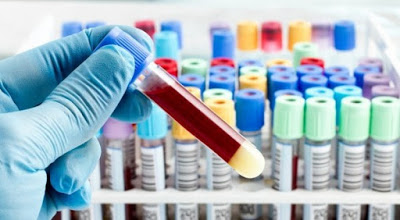Age alone does not say much, as one can have a healthy and trouble-free aging or just the opposite.
An evolving blood test aspires to predict just that, distinguishing a person's chronological from biological age, that is, how many years he has lived from how old, weakened and disease-prone his body actually is.
The test measures a number of biomarkers (chemicals) in the blood, which together provide an assessment of a person's risk of developing age-related diseases later in life. Chronological age alone does not necessarily provide a reliable picture of impending health problems, and these biomarkers analyzed by the test provide a more comprehensive picture of the risks of various diseases or premature death over the next eight years.
The researchers, led by Professor of Biostatistics Paola Sebastiani of the School of Public Health and Professor Thomas Pearls of Boston University School of Medicine, published their findings in the journal Aging Cell at 19 levels. blood of nearly 5.000 people aged 30 to 110 years.
"These biomarkers reflect differences in the way people age and leave a lot of promise in predicting healthy aging, changes in mental and physical functions, survival and the manifestation of aging-related diseases such as heart disease, stroke, "Type 2 diabetes and cancer long before any clinical signs appear," said Dr. Pearls.
Biomarkers cover a wide range of body functions, such as the immune system, the endocrine system, metabolism, etc. With the help of a special algorithm, doctors can correlate the levels of the various biomarkers of the blood test with the likelihood of developing various diseases and with the overall level of future health.
The researchers rank people based on 26 "signatures" that result from the tests. About half of people rank as average "signatures", but smaller groups have other "signatures" that fall short of the average: for example, one signature group refers to people who will grow old healthily, while another refers to people who at risk of dementia.
The test should be tested in larger groups of people before it can be used clinically. Researchers are already looking for other biomarkers that could be included in it to increase its predictive utility.
The test may in future be used to test new drugs, to determine more early than today whether or not a drug under development benefits the target population.
Source: SigmaLive

